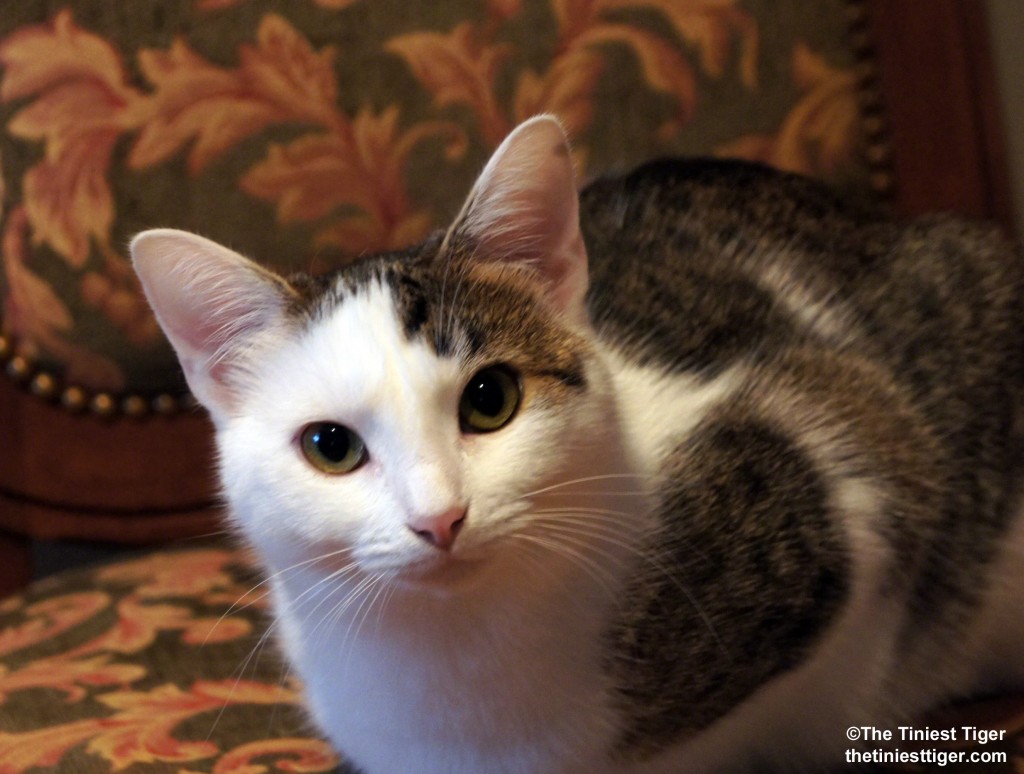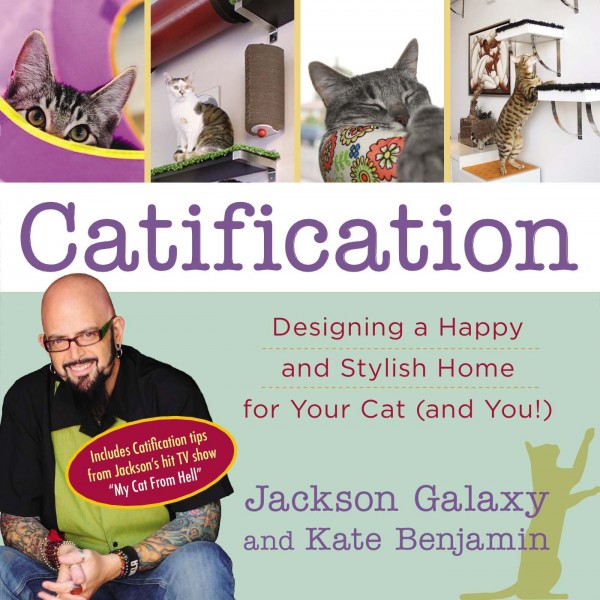 Cats are unique complicated little creatures.
Cats are unique complicated little creatures.
From your own experience living with a single cat or in a multi-cat household you already know that cats are unique complicated little creatures. Felines have lived for thousands of years on the perimeter of human society, cohabiting with us yet holding on to their independence. Cats interacted with humans only when they chose allowing themselves to be part of the human family while still retaining their wild side.
Although cats are now living indoors, their relationship with us and their nutritional, physical and emotional needs remain distinctly different than other companion animals. Domestic cats are the most anatomic, metabolic and behavioral similar to their ancestors. Today, cats have surpassed dogs as the most popular pet in American homes. One reason for the cat’s popularity is that cats are believed to adapt better to living in small spaces and are able to get along with little input from their human caregivers. But is this true?
Indoor cats live under the rules of their human guardians. We control what, when, where, and how our cats eat, eliminate and create the opportunities for species-typical activities. The relationship with our cats is two-fold. Our actions influence the behavior of our cats, which in turn influence our subsequent actions based on what we think about the cat’s behavior. This dyadic relationship can be compared to the parent-child relationship. The behavior of the parent definitely has an impact on the actions of the child and your behavior towards your cat definitely has an impact on the actions of your cat.
The fiercely independent feline is what many of us find endearing and yet sometimes this independence is mistaken for doesn’t need much. Many people still assume cats don’t need attention from their guardians or that they don’t need toys, interactive play time or environmental enrichment. Some people still think it is alright to leave cats at home alone with just a big bowl of kibble for days at a time.
Cats are one of the few true carnivores humans have tried to domesticate.
Cats are one of the few true carnivores that humans have tried to domesticate. Humans trying to get their cats to adapt to their own lifestyles and preferences with no regard for the cat’s inherent needs often leads to what the cat guardian refers to as a behavior problem on the part of the cat. Most of the time, the cat is not at fault. A captive indoor cat is still a crepuscular creature with a free spirit and the needs of their wild cousins. Studies show that many of the chronic health problems of domestic cats are directly or indirectly related to not only nutritional choices but on the lifestyle changes we force upon our cats. Our failure to understand the effect domestication has on feline behavior is causing them harm. Don’t we owe it to our cats to provide them with an enriched environment so they can live happy healthy lives?
Why “Catification” is Important!
Evidence is mounting that shows environmental factors could be as important if not more important than diet to your cat’s health and well-being. A study of cats with idiopathic cystitis found that environmental enrichment was associated with significant improvement in signs of lower urinary tract disease. This improvement in the cats’ health was independent of diet change. Current data shows that meeting the nutritional needs is necessary for maintaining the health of your cat but is not sufficient to guarantee their well-being.
Today there is more information available than ever to help cat parents enrich their home environments to be more cat friendly. The success of My Cat From Hell starring Jackson Galaxy on Animal Planet, has enabled more cats to remain in their homes when the cat parents realize that most of the time, the cat’s perceived behavior problems are brought on by the their own lack of understanding of what their cat needs. Jackson Galaxy works with cat parents to make lifestyle adjustments to satisfy the cat’s inherent wild ways.
And don’t worry, you don’t have to have carpet covered monstrosities take over your house to be cat friendly. Your home can be both functional for your cat and stylish for you when Kate Benjamin, of Hauspanther.com guides you through a step-by-step process of designing a stylish home that is also perfect for your cat. In a new book, Catification: Designing a Happy and Stylish Home for Your Cat (and You!) co-authored by Galxay and Benjamin, there are DIY projects from cat bed to cat patios in a beautifully designed full-color book.
Even if you aren’t a DIY enthusiast, I think you will find inspiration and ideas to help make your house a more cat friendly environment. Now that Paul and I have a multi-cat home we have made adjustments to enable all three cats to retain their independence and still be a part of the family. We know that happy cats make for a happy home.
Catification is available for pre-order before the release date of October 14, 2013. Tarcher/Penguin will donate $1 for every copy pre-ordered to organizations dedicated to helping homeless cats.
Deborah L. Zoran, DVM, PhD, DACVIM and C.A. Tony Buffington, DVM, PhD, DACVN. Effects of nutrition choices and lifestyle changes on the well-being of cats, a carnivore that has moved indoors. JAVMA, Vol 239, No 5. Sept. 2011.


Great article and so very important! We are happurry to see how much catification is going on these days!
I am hoping tthat Catification is well received…it will be quite a resource of inspiration for people.
Isn’t the release coming up though? You have the date written as “before the release date of October 14, 2013” –
Sounds like a really good book. Will have to pick one up.
Sue B
catification soundz like a grate book…we will ask…noe…we will TELL de food serviss gurl ta pick up a copy !! happee twozday guys ?